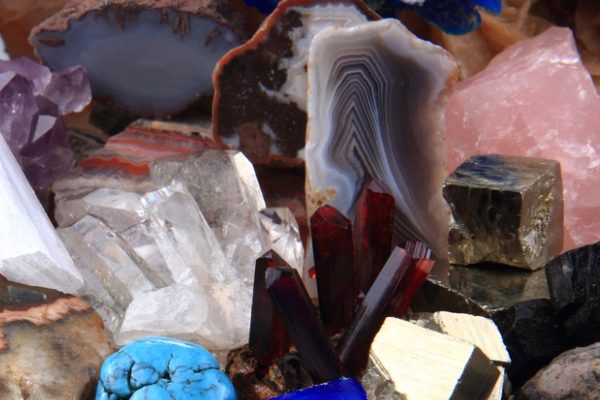
The world of minerals is as diverse as it is fascinating, with each mineral possessing unique characteristics that set it apart. One such distinguishing feature is the luster, a term used to describe how light interacts with the surface of a mineral. In this blog post, we will delve into the intricacies of mineral luster, focusing on how to tell if a mineral is metallic or nonmetallic. This knowledge is not only essential for geologists and mineralogists but also for hobbyists, collectors, and anyone with an interest in the natural world.
Understanding Luster
Before we delve into the specifics of identifying metallic and nonmetallic minerals, it’s crucial to understand what luster is. Luster refers to the way light reflects off the surface of a mineral. It’s one of the key properties used in mineral identification. The two primary categories of luster are metallic and nonmetallic, each with its subcategories.
Metallic vs. Nonmetallic Minerals
Metallic minerals are those that exhibit a metallic luster. They have a shiny, reflective surface, similar to that of polished metal. Examples include gold, silver, copper, and pyrite. On the other hand, nonmetallic minerals do not reflect light like metal. They can have various types of luster such as vitreous (glass-like), pearly, silky, greasy, or dull. Examples include quartz, feldspar, and calcite.
How to Tell if a Mineral is Metallic or Nonmetallic
- Visual Inspection: The first step is a simple visual inspection. Metallic minerals will appear shiny and reflective, similar to metal. Nonmetallic minerals, on the other hand, will not have this reflective quality.
- Streak Test: The streak test involves rubbing the mineral against a piece of unglazed porcelain known as a streak plate. Metallic minerals will often leave a streak that is the same color as the mineral itself, while nonmetallic minerals will usually leave a white or colorless streak.
- Hardness Test: Metallic minerals tend to be softer than nonmetallic minerals. You can test this by attempting to scratch the mineral with a common object like a steel nail or a glass plate.
- Specific Gravity: Metallic minerals generally have a higher specific gravity than nonmetallic minerals. This means they will feel heavier than a similarly sized nonmetallic mineral.
- Other Tests: Other tests, such as examining the mineral’s crystal form or conducting a chemical reaction test, can also help determine whether a mineral is metallic or nonmetallic.
Conclusion
Identifying whether a mineral is metallic or nonmetallic may seem like a daunting task, but with a little knowledge and practice, it becomes a fascinating exploration of the natural world. Remember, the key to successful mineral identification lies in careful observation and a systematic approach to testing. So, the next time you come across an unknown mineral, use these tips to determine its luster and unlock its secrets.

